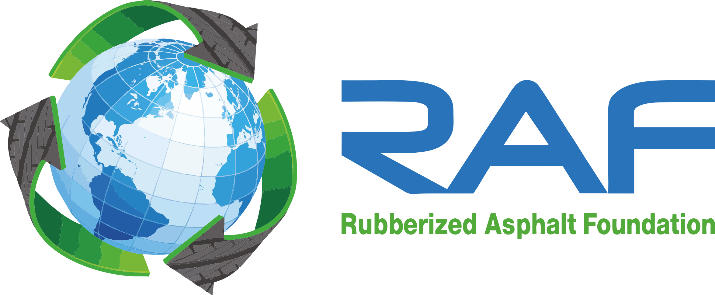One of the most widely used bitumen additives is styrene-butadiene-styrene
(SBS) polymer. Addition of this polymer has been shown to improve asphalt binder
properties; however, there has been growing uncertainty about the future supply of SBS due
to the fluctuation of prices in crude oil versus natural gas. This uncertainty has caused a
need to find alternate modification techniques. In addition to introducing other new
synthetic polymers, a concept with growing popularity in many parts of the world is the
addition of recycled ground tire rubber (GTR). GTR is a vastly available resource
produced from used vehicle tires. Modification with GTR however is not accepted yet within
the PG (Performance Grading) system. Several highway agencies remain skeptical and
believe that superior pavement performance incorporating GTR is only applicable in
specific climates. This study is intended to summarize findings of important past studies
regarding the degree of digestion of GTR in asphalt binder. Also mechanical performance
and aggregate structure evaluated by image analysis of GTR mixtures are compared to
unmodified mixtures as well as mixtures produced with SBS-modified (elastomeric polymer)
and plastomeric-modified binders. Results indicate that GTR-modified binder has the
capacity to meet and even exceed the performance of some more widely used synthetic
polymer-modified asphalt binders. The GTR-modified mixtures show a lesser degree of
plastic deformation, specifically at increased stress levels. The results are encouraging and
confirm the potential of successful use of GTR to deliver good performance at reasonable
cost with less risk of supply shortages experienced with other additives.
